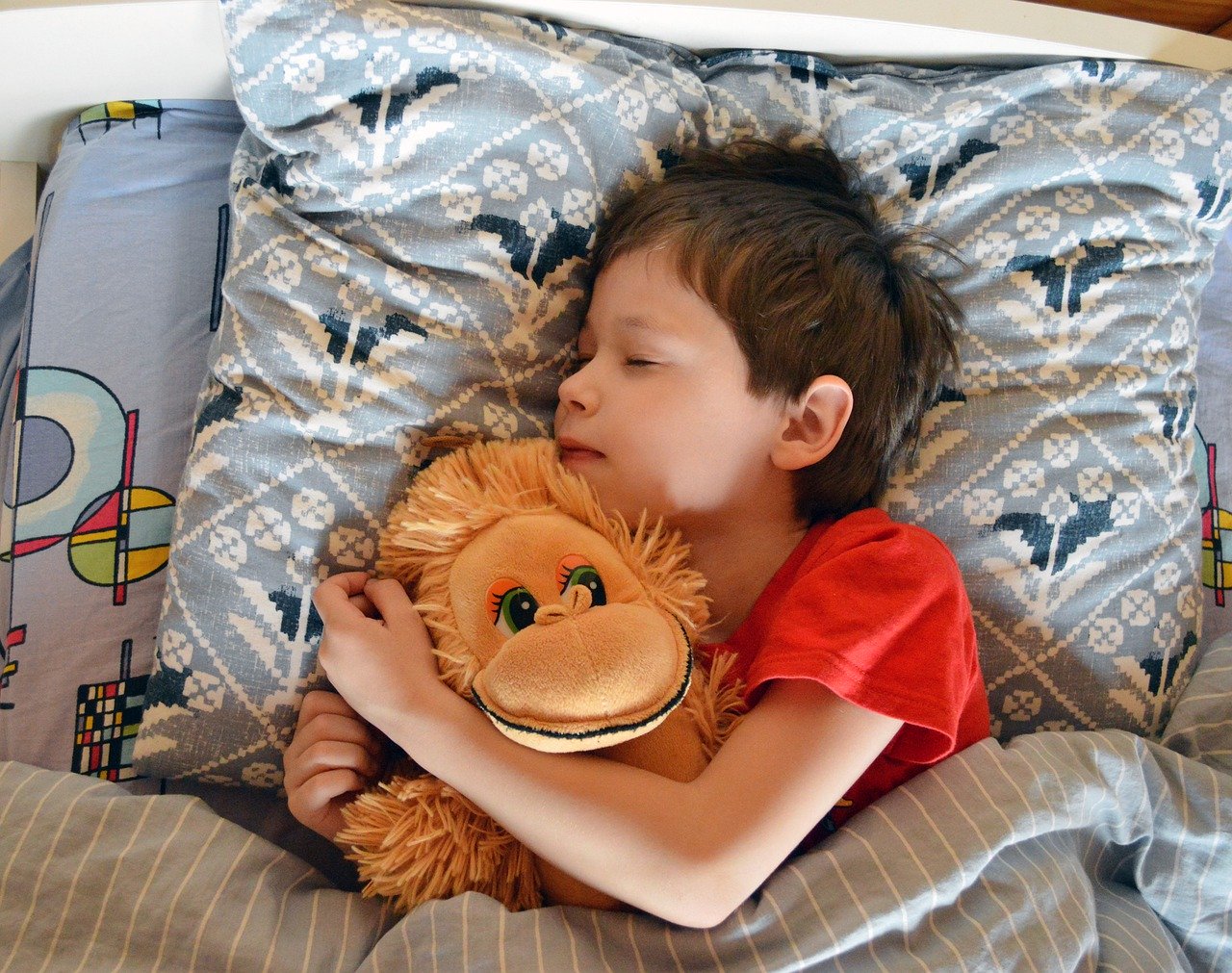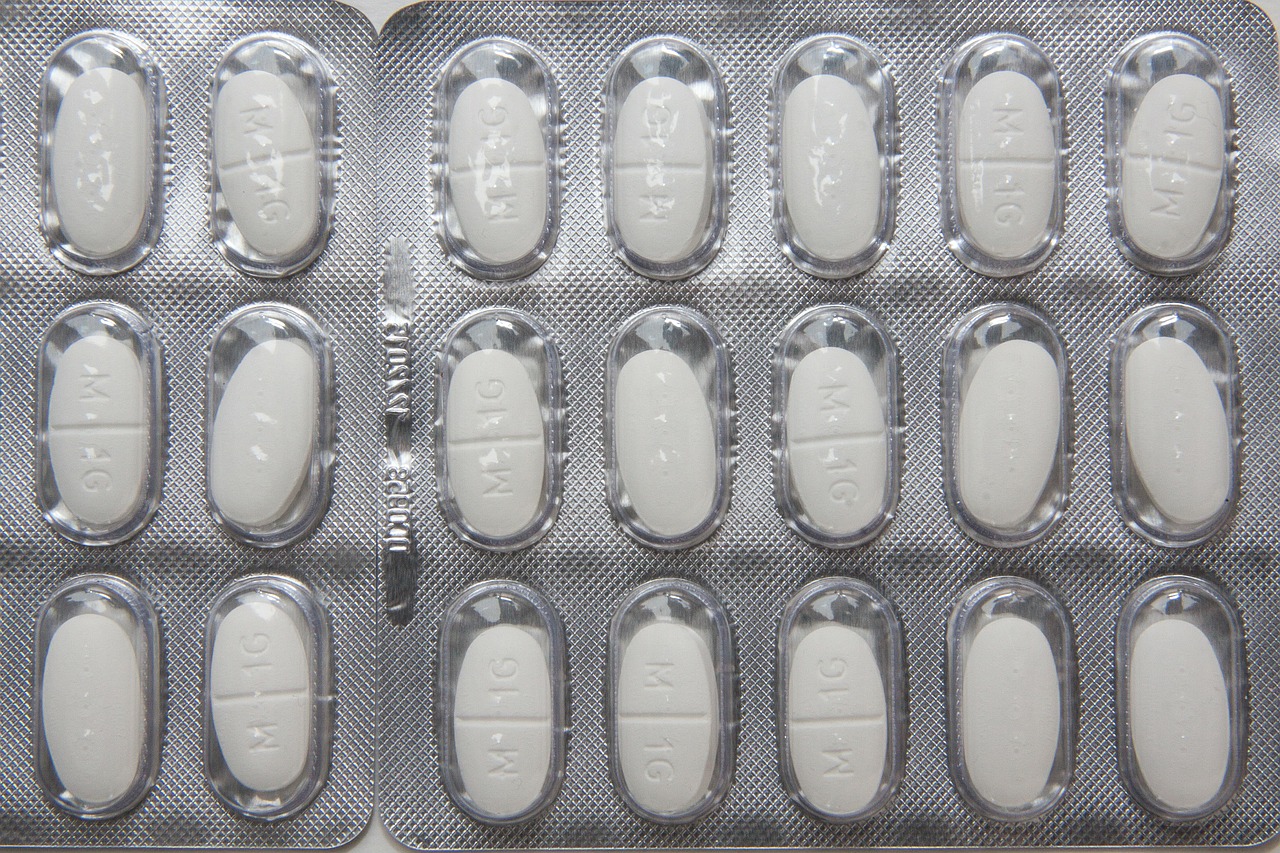In November 2018 researchers from the USA published the results of their study to assess the association between night time media use and sleep problems and internalizing symptoms (ie depression, … Read more
Sleep and dietary patterns, technology and internet usage, perinatal factors, breastfeeding, birth delivery mode and exercise all appear to have an effect on the amount of impulsive behaviour seen in children and adolescents with attention deficit/hyperactivity disorder
In September 2019 researchers from Spain published the results of their study to assess the association between weight, birth attributes, exercise and sleep habits, dietary intake and impulsive behaviour in … Read more
A short sleep duration appears to be associated with an increased risk of an emotional disorder (anxiety and depression) in both boys and girls and with a behavioural disorder (defiance, inappropriate conduct, and attention-deficit/hyperactivity) in boys only
In December 2019 researchers from Norway published the results of their study to assess the association between sleep duration and symptoms of emotional and behavioral disorders in children. A total … Read more
Greater technology use appears to be associated with more sleep-wake problems and less time in bed in all adolescents, but the association between the amount of technology usage and teacher-rated daytime sleepiness only appears to be seen in adolescents with attention deficit/hyperactivity disorder
In June 2019 researchers from the USA published the results of their study to assess the differences in types and amount of technology used by adolescents and its association with … Read more
Exposure to polybrominated diphenyl ethers during pregnancy appears to be associated with impairments in executive function and poorer attention control in children whilst prenatal and postnatal exposure appears to cause hyperactivity and conduct problems
In May 2018 researchers from the USA and Canada published their review of the medical scientific literature to assess the effect of polybrominated diphenyl ethers on behaviour development in children. … Read more
Research undertaken so far does not prove that artificial food colouring actually causes autism spectrum disorder, although there does appear to be a link of some type
In February 2020 researchers from India and Qatar published their review on the use of food colouring and autism. They stated that in 2018 the Centers for Disease Control and … Read more
Symptoms of Attention Deficit-Hyperactivity Disorder in children and adolescents may be associated to a poor lifestyle, eg poor diet, physical inactivity, poor sleeping habits, and sitting down for too long
In February 2020 researchers from Canada published the results of their study to assess the association between adherence to healthy lifestyle recommendations with the incidence of Attention Deficit/Hyperactivity Disorder (ADHD) … Read more
Exposure to different household pollutants during pregnancy may increase the risk of hyperactivity in children
In October 2019 researchers from China published the results of their study to assess whether exposure to household pollutants during pregnancy is associated with ADHD-like behaviour in children. A total … Read more
Maternal use of paracetamol during pregnancy appears to increase the risk of attention deficit-hyperactivity disorder, autistic spectrum disorder or the child having a lower IQ
In May 2018 researchers from the USA published their review of the medical scientific literature to assess the association between acetaminophen (also known as paracetamol) use during pregnancy and neurodevelopmental … Read more
Maternal use of paracetamol during pregnancy appears to be associated with an increased risk for attention deficit-hyperactivity disorder, autistic spectrum disorder, and hyperactivity symptoms although results should be treated with caution
In August 2018 researchers from Israel published the results of their review of the medical scientific literature to assess the risk for attention deficit-hyperactivity disorder and autistic spectrum disorder in … Read more
There appears to be an association between maternal paracetamol use during pregnancy and the risk of attention deficit-hyperactivity disorder in offspring, with the timing and duration of paracetamol having a major effect
In March 2019 researchers from China published their review of the medical scientific literature to assess the association between maternal acetaminophen (also known as paracetamol) use during pregnancy and the risk of … Read more
Paracetamol use during pregnancy may influence neurodevelopment in offspring and appears to be associated with the development of attention deficit-hyperactivity disorder
In April 2019 researchers from the USA published the results of their analysis to assess the association between maternal acetaminophen (also known as paracetamol) use during different exposure periods and … Read more
Researcher calls for educational and counselling programmes to be initiated to inform consumers, especially children and adolescents, about the dangers of a high caffeine intake
In January 2019 researchers from the USA published their review of the medical scientific literature on caffeine intake in children and adolescents. Caffeine is the most widely consumed stimulant in … Read more
Based on current research, routine vitamin D supplementation is not recommended for children after the second year of life – even when they have levels below the normal range
In May 2019 researchers from Germany published a joint position paper on behalf of the Committee on Nutrition, German Society for Pediatric and Adolescent Medicine and the German Society for … Read more
Call for action on the consumption of sugar-sweetened beverages: Position Paper on behalf of the European Academy of Paediatrics and the European Childhood Obesity Group
In April 2019 researchers from Poland, Belgium, Austria, Italy, Germany, France, Israel and Cyprus published a Position Paper on behalf of the European Academy of Paediatrics and the European Childhood … Read more
Prenatal polybrominated diphenyl ether exposure may be associated with inattention in children
In November 2017 researchers from the USA and Canada published the results of their study to assess the relationship between prenatal and postnatal polybrominated diphenyl ether exposure with inattention and … Read more
Polybrominated diphenyl ether
Polybrominated diphenyl ethers or PBDEs, are compounds used as flame retardants and are added to plastics, polyurethane foam, textiles, and electronic equipment to reduce the likelihood of ignition and to … Read more

















